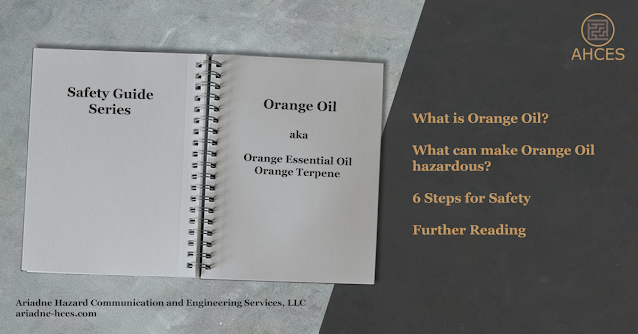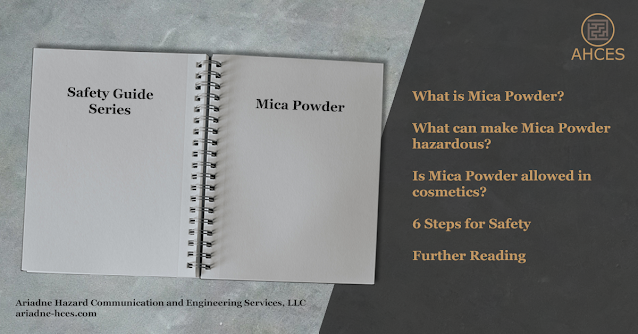Understanding DOT Class 1 Hazardous Materials: Explosives
Definition of DOT Class 1: Explosives
Class 1 covers explosive materials, meaning materials that can react to cause a rapid release of heat and gases.
The formal definition can be found at 49 CFR 173.50.
Class 1 Divisions
Class 1 materials are divided into six divisions.
Division 1.1
Division 1.1 materials are a mass explosion risk, meaning that the entire amount of material is at risk of detonating in one event.
Division 1.2
Division 1.2 materials are a projection hazard which do not risk a mass explosion.
Division 1.3
Division 1.3 materials have both a fire hazard and either a minor blast hazard or minor projection hazard. Division 1.3 materials do not risk a mass explosion.
Division 1.4
Division 1.4 materials have a minor explosion hazard, which is generally confined to the confines of the package.
Division 1.5
Division 1.5 materials have a mass explosion risk but are highly insensitive to outside stimuli initiating an explosion.
Division 1.6
Division 1.6 materials have only a minor explosion risk and are insensitive to outside stimuli initiating an explosion.
Classification Testing for Potential Class 1 Materials
For new formulations which are potentially explosive, testing must be performed to determine what, if any, Division the material will fall under. This testing is done in accordance with the UN Manual of Tests and Criteria.
Special Requirements Regarding Class 1 Materials
Due to the particularly hazardous nature of Class 1 materials, approval must be obtained from the Associate Administrator for transport. For explosives transported with approval from the Department of Defense or Department of Energy, there must be written acknowledgment from the Associate Administrator of this approval.
Compatibility Groups
Class 1 Explosive material has an additional classification type in regard to compatibility, which indicates what other types of hazardous material the explosives can and cannot be stored or transported with. The compatibility group can also affect the allowable transportation methods as well as additional specific requirements for transportation by rail, air, vessel, or public highway.
Relationship Between Class 1 and OSHA Hazard Classifications
For Class 1 materials, both the DOT Class 1 Divisions and OSHA Physical Hazard Explosive Divisions should match exactly for a given material.
Appendix B, which classifies physical hazards under OSHA HCS, uses the same division categories as DOT Class 1. The HCS also uses the testing procedures from UN Manual of Tests and Criteria to determine division assignment for the purposes of a workplace physical hazard.





Comments
Post a Comment